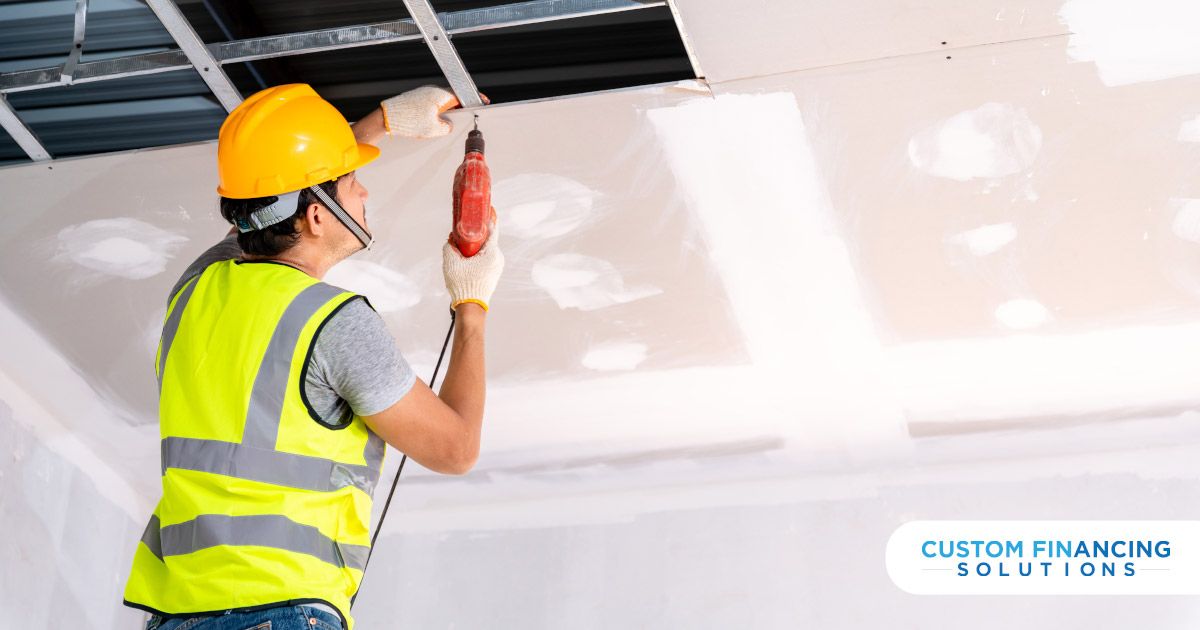A house needs continuous maintenance, or it can harbor many problems. Sometimes, these problems might get unnoticed or look negligible but can turn worse if not looked after. As a responsible contractor, it is your job to warn your client and act on these.
One of them is ceiling condensation.

What Is Ceiling Condensation?
Ceiling condensation is a phenomenon in which humid air converts into water droplets that stick onto the ceiling. This can happen because of a congested attic or a leaky roof. The ceiling absorbs these droplets of water. They can also fall on the floor and affect it.
The repeated droplets on the floor like wood can cause discoloration and decay. There are ways to strike against wood decay but the best solution is to avoid the problem altogether. This condensation problem haunts many homeowners and you should know the solutions to it.
Attic Ventilation
One of the most common reasons for this happening is a fully closed attic. The sun heats the roof of the house for approximately 9-11 hours during the day. The enclosed area doesn’t let the air inside escape. The air in the attic heats, causing its floor (the ceiling) to heat. As the humid air inside the house meets the hot ceiling, condensation occurs.
Installing windows in the attic is a good start. Suggest leaving them open occasionally. Another option is to install a fan that pushes out the air inside the attic and lets some fresh air in.
Insulated Attic
The core idea is to not let the attic heat too much. Ventilation can do the job but a little help from insulation could eliminate the threat fully.
The attic becomes better equipped to deal with harsh weather after insulation. Good insulation (under ideal conditions) can stay for the entire life of the house. However, it is best to suggest your customers have it checked every few years. In addition to solving the ceiling condensation, insulation improves the ability of the house to stay hot and cool for longer durations. This ends up saving big on electricity bills in the long run.
Indoor Moisture Control
We have talked about above the ceiling, now let us talk below. If the attic is in good condition, it comes down to the moisture inside the house. This is the other half of the problem.
Look for any moisture-increasing activities (like drying clothes) that the owners do inside the house. Advise against it. Check if their bathroom and kitchen have good ventilation. Suggest adding exhaust to the bathroom besides the vent. You can suggest humidifiers too. These are machines that bring down the moisture inside a closed area and help improve the air quality.
If the problem persists after these solutions, it might be because of a leaky roof. This lets water droplets in which then affects the ceiling. Achieve victory over a leaky roof with these tips.
We make our blogs at CustomFin to help you improve. We also offer easy payment plans for your customers so that you can close more deals.
Get started now and grow your business.









